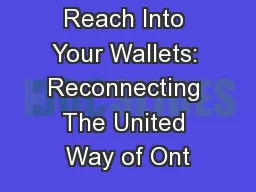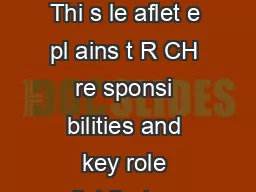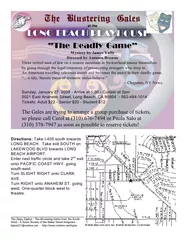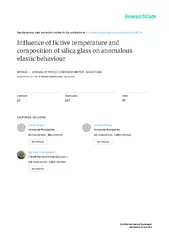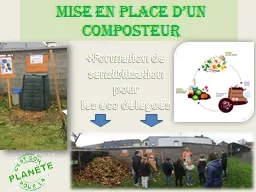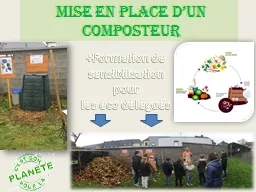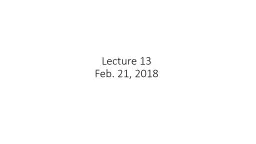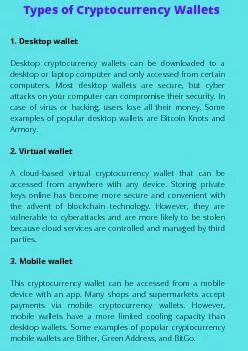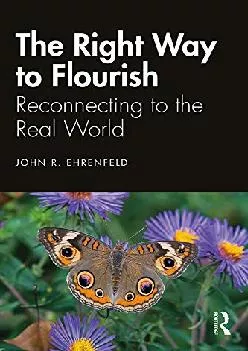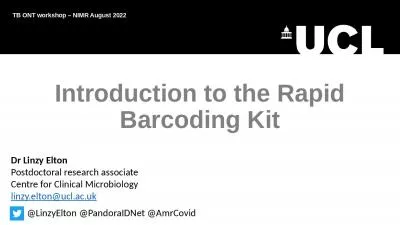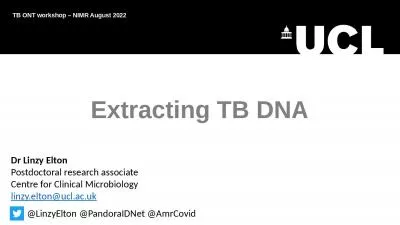PPT-Reach Into Your Wallets: Reconnecting The United Way of Ont
Author : pasty-toler | Published Date : 2017-08-27
Talia Alon Drew Fienberg Kendra Manning and Jake Shapiro Hobart and William Smith Colleges The United Way of Ontario County is a non profit organization that prides
Presentation Embed Code
Download Presentation
Download Presentation The PPT/PDF document "Reach Into Your Wallets: Reconnecting Th..." is the property of its rightful owner. Permission is granted to download and print the materials on this website for personal, non-commercial use only, and to display it on your personal computer provided you do not modify the materials and that you retain all copyright notices contained in the materials. By downloading content from our website, you accept the terms of this agreement.
Reach Into Your Wallets: Reconnecting The United Way of Ont: Transcript
Download Rules Of Document
"Reach Into Your Wallets: Reconnecting The United Way of Ont"The content belongs to its owner. You may download and print it for personal use, without modification, and keep all copyright notices. By downloading, you agree to these terms.
Related Documents

